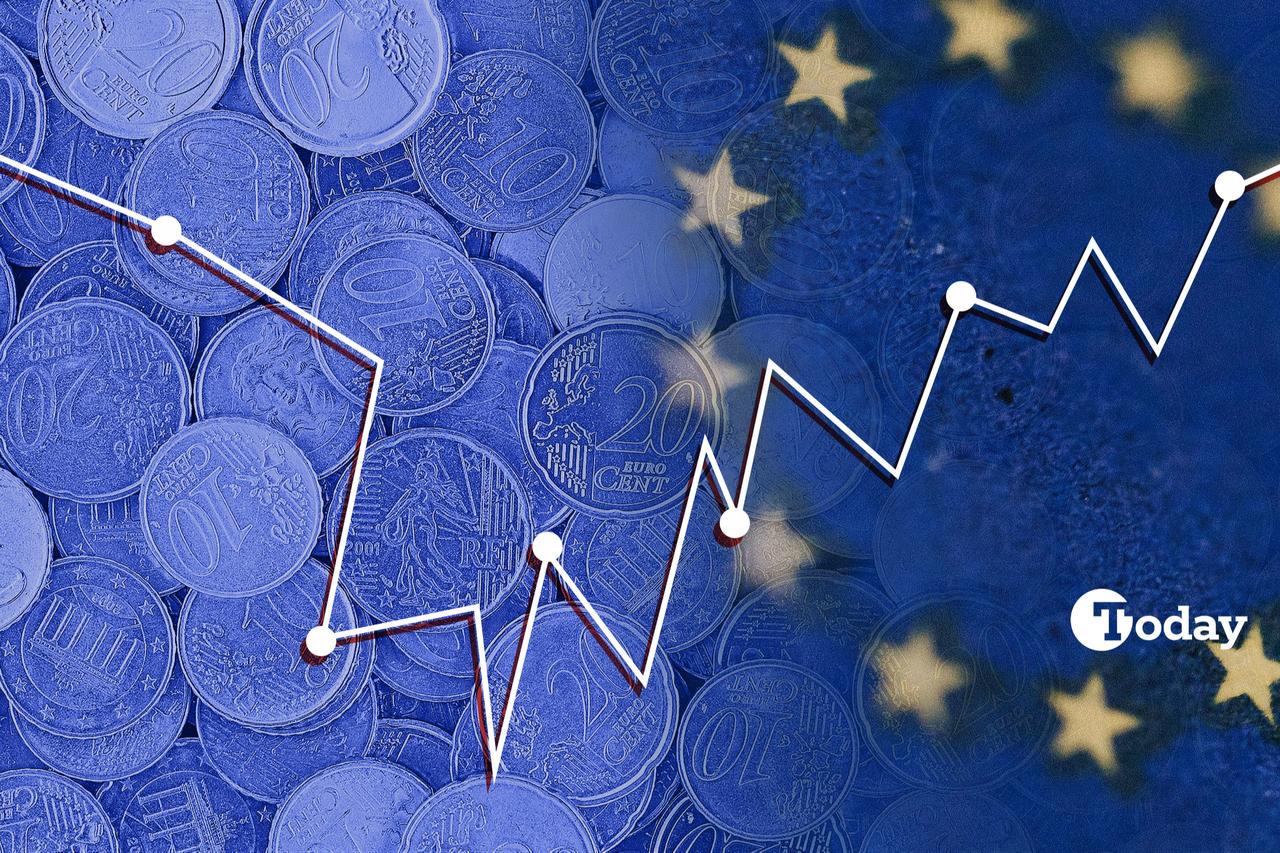
The euro extended its gains against the U.S. dollar on Thursday after the European Central Bank kept its benchmark rate unchanged at 2.1% for a second consecutive meeting, while August inflation in the United States edged up to 2.7%, boosting expectations for a Federal Reserve rate cut and further weakening the dollar.
As of 12:35 p.m. GMT, the euro had risen to 1.1719 from its intraday low of 1.1665, as the inflation figures, which matched market expectations in the United States, dispelled any remaining doubts about a Fed interest rate cut.
Announcing its decision, the ECB said inflation was around its target and that "the governing council’s assessment of the inflation outlook is broadly unchanged." The bank did not provide guidance on future policy, stating that it was "not pre-committing to a particular rate path" and would "follow a data-dependent and meeting-by-meeting approach."
Updated projections showed the ECB raising its growth forecast for the euro area to 1.2% in 2025, while lowering the 2026 estimate to 1.0%. Inflation forecasts were also revised slightly higher for both 2025 and 2026.

In the United States, consumer prices rose 2.7% in August compared with a year earlier. On a month-to-month basis, the Consumer Price Index (CPI) increased by 0.4%, up from 0.2% in July. Core inflation, which excludes volatile food and energy prices, stood at 3.1% annually.
The rise in prices was driven mainly by food, energy, and housing costs, the U.S. Bureau of Labor Statistics said. These developments strengthened expectations that the Federal Reserve will lower its benchmark lending rate by 25 basis points at its September 16-17 meeting.
According to the CME Group’s FedWatch Tool, traders are fully pricing in the likelihood of a rate cut. If confirmed, this would be the Fed’s first reduction since December, following a period in which policymakers kept rates unchanged while assessing the impact of tariffs on inflation.
Market participants now expect the Fed to ease policy to support economic growth, shifting away from the earlier strategy of holding rates higher to curb inflation pressures.